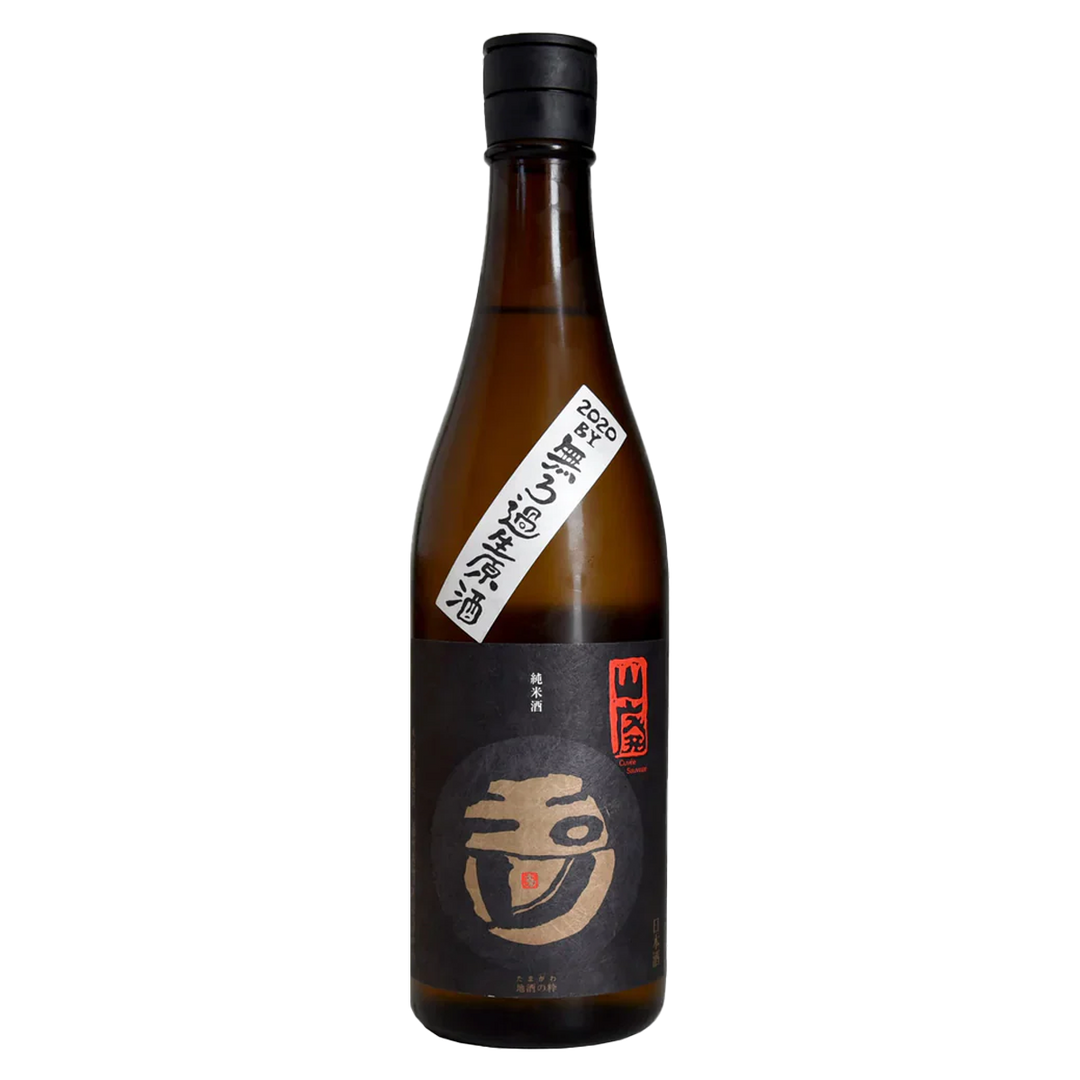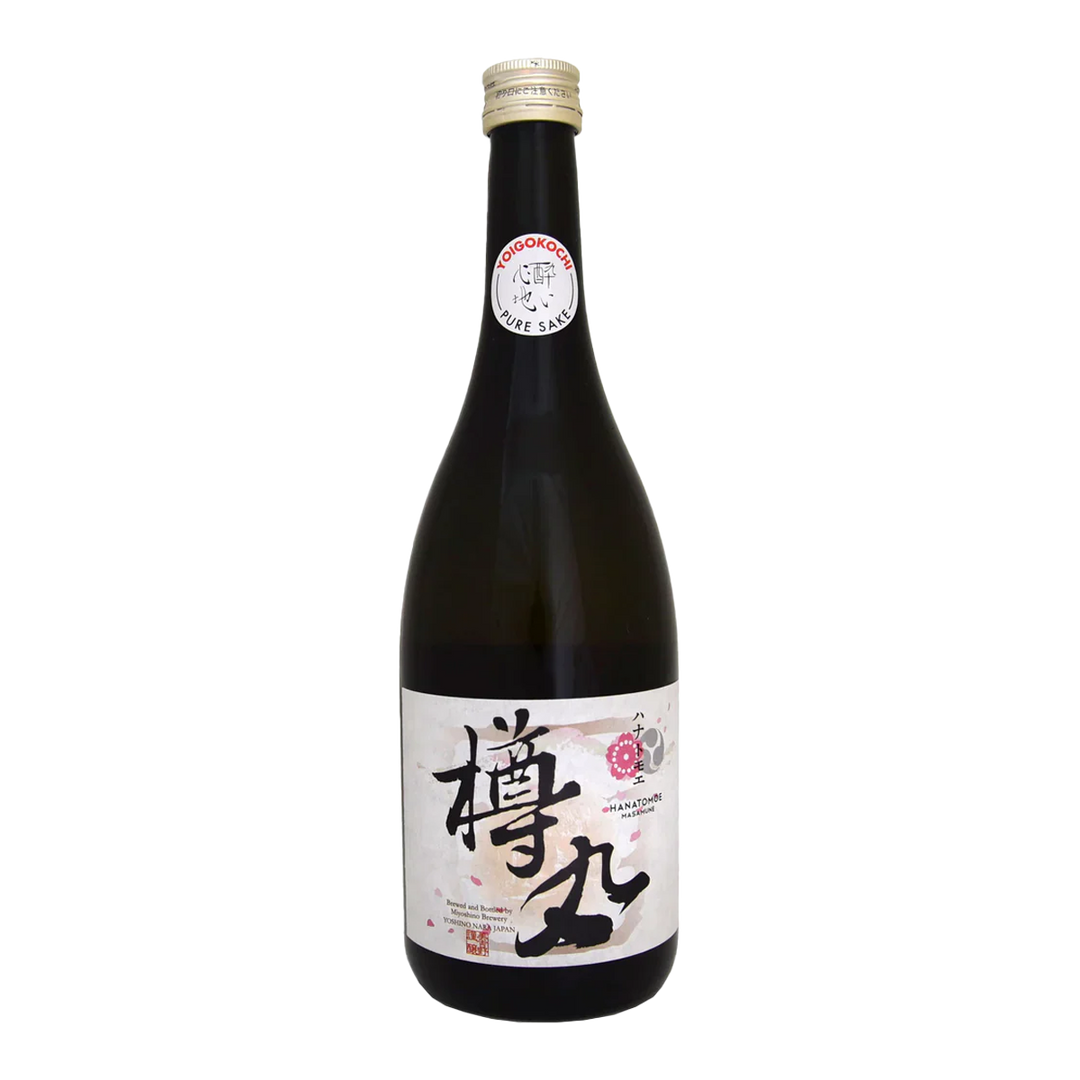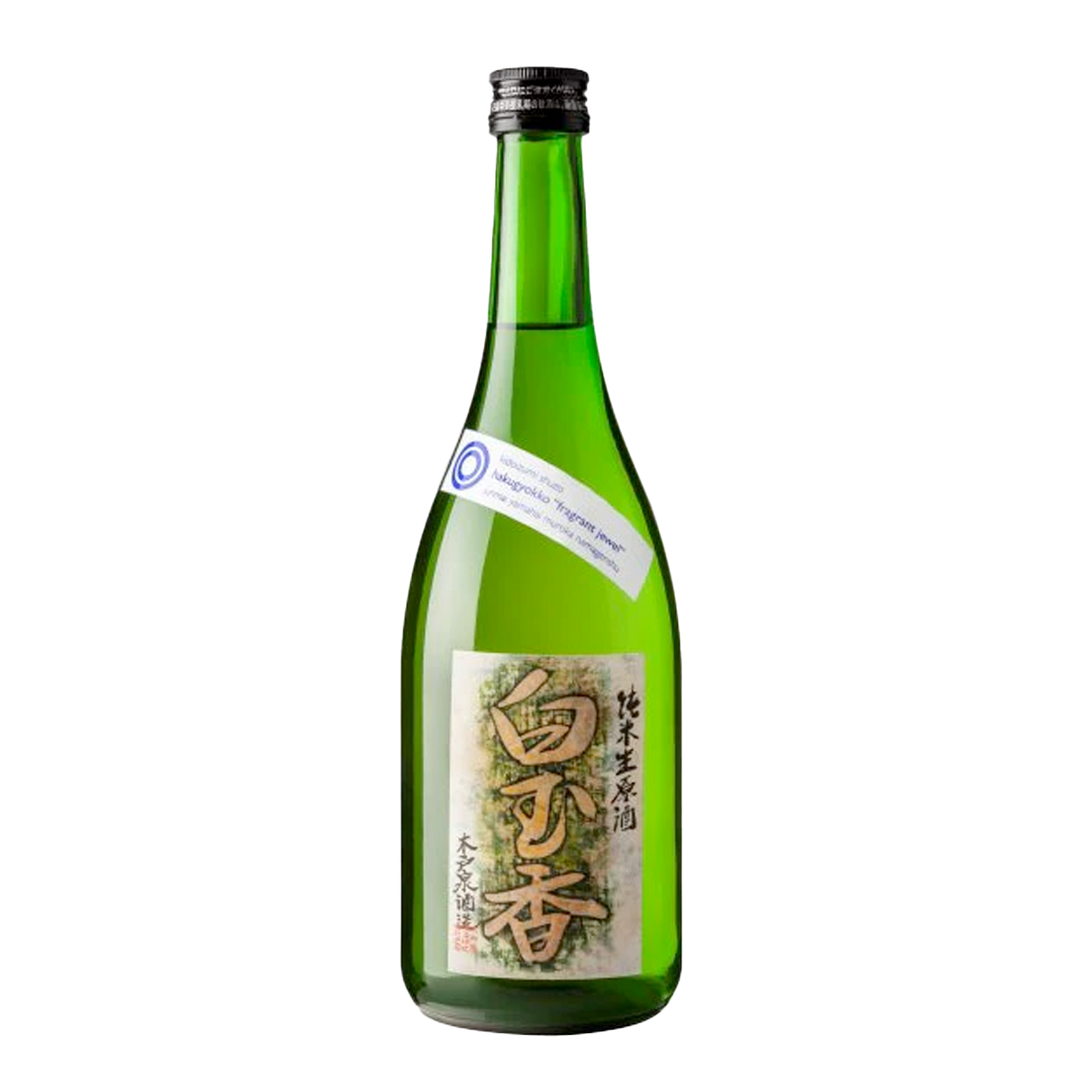I'm reluctant to use the term "low intervention sake" but I'm even more reluctant to use the term "natural sake," so low intervention it is. Sake is by definition a high intervention product (extremely difficult to make, by its nature high intervention) but there are ways to reduce the human influence, especially negative human influence, on its production pathway.
Because this is a very new and vague category, not strictly defined, I'm taking liberties here. Sake in this category will generally feature:
- A sustainable, no pesticide/no herbicide farming philosophy
- An ambient or indigenous yeast program
- Low or very low rice polishing
- Unfined (muroka)
- No added alcohol, not even rice-based alcohol (junmai)
- Gently filtered or naturally settled
- Natural lactic acid fermentation starters (yamahai, kimoto, bodaimoto etc.)
- A sustainable employment philosophy
Stylistically, these sake are typically more rustic, fuller bodied, with unique textures, flavors, and high complexity. They can be extremely savory and umami driven, and are only rarely fruity or floral. These can be very polarizing sake! But like anything which drives strong opinions, they can also drive passions. They are all absolutely worth trying, especially if you enjoy natural wine.





















